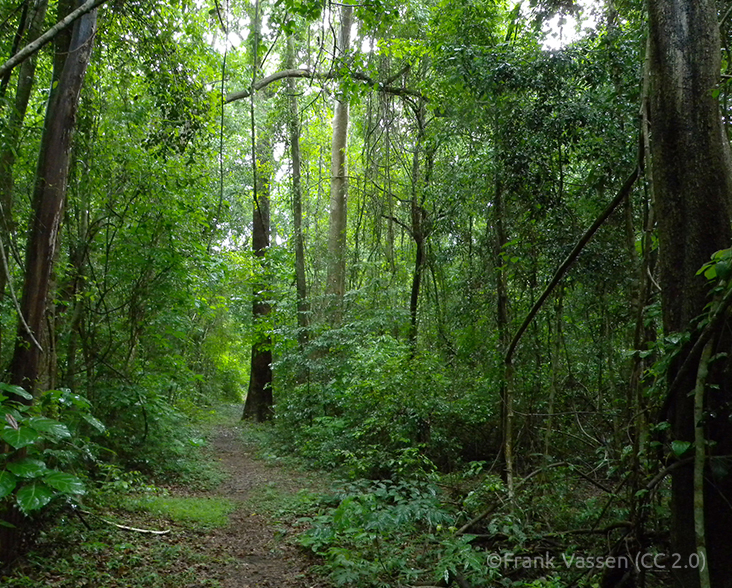Situated in the Indian Ocean 400 km (249 miles) off the south-eastern coast of Africa, Madagascar is the world’s fourth largest island, almost the size of France, and the oldest, splitting from Africa around 150 million years ago and from India 88 million years ago. Madagascar’s long geographical isolation has resulted in extraordinary biodiversity with unparalleled levels of endemism, making the country one of the world’s top biodiversity hotspots.
Some 15,000 species, over 90% of all known species in Madagascar, occur nowhere else, and new species continue to be found, with 615 discovered between 1999 and 2010 alone. Of the 307 bird species found here, 115 are endemic to the island. 95% of the 211 mammal species are endemic, including the hedgehog-like tenrecs, as well as 107 species of lemur—a group of primates native only to Madagascar. Only three of the 309 amphibian species are not endemic, and 96% of the 457 reptile species are unique to Madagascar. Malagasy floral diversity is equally exceptional, with 82% of the 11,516 known vascular plant species found only here, including six endemic baobabs.



